
What's it like to work within the Star Wars universe? It's a question that precious few have ever been able to answer, although Massive Entertainment is now in a position to do exactly that. For the last six years, the studio has been working on Star Wars Outlaws, an open world adventure set between The Empire Strikes Back and Return of the Jedi – something that had to feel fresh and exciting, even as it authentically captured the look, place, and feel of the original trilogy setting.
It's an audacious creative challenge, but as I explored in my Star Wars Outlaws review, the atmosphere this team has been able to produce really is something special. I sat down with six developers at Massive to discuss its time working on Outlaws, learn more about what it's like working on such a recognizable world, and how they grappled with the reality that what they are adding to the sandbox could be picked up by others in the future.
These interviews have been edited for length and clarity
The creative team
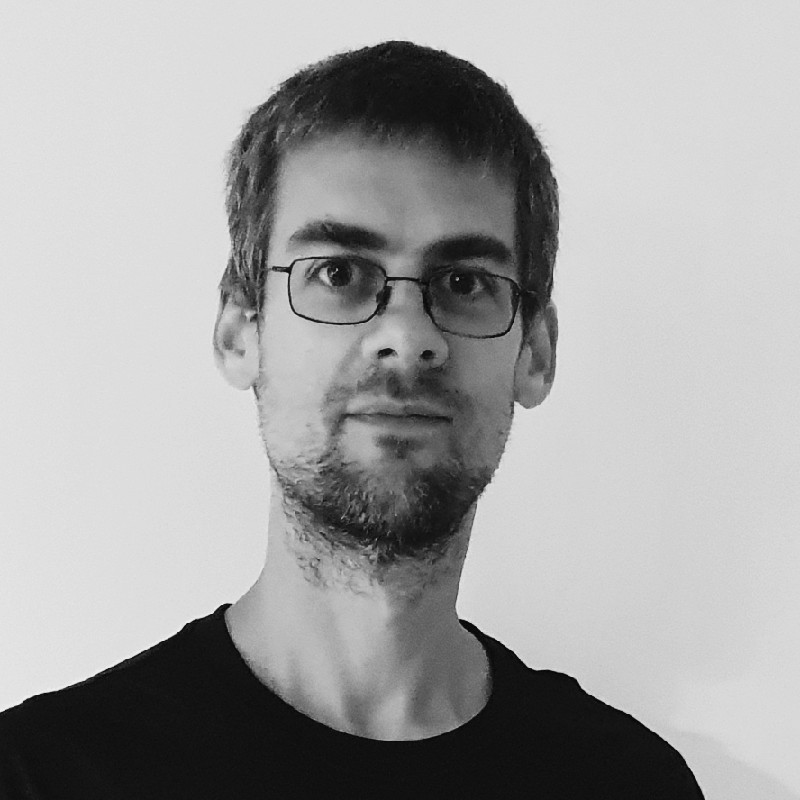
Benedikt Podlesnigg has helped shape the look of Massive's games for over a decade, most recently serving as art & world director of Star Wars Outlaws.
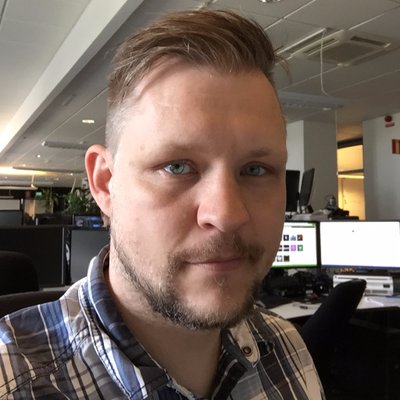
Fredrik Thylander has spent a decade at Massive Entertainment in design roles, most recently contributing to Star Wars Outlaws as a lead gameplay designer.
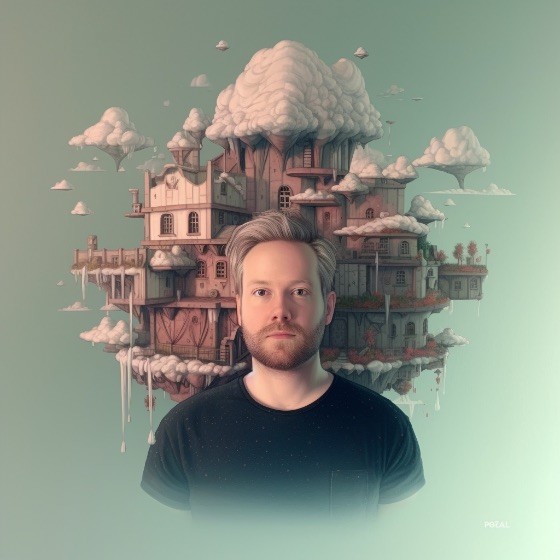
John Bjorling has been at Massive Entertainment for over 17 years in a variety of roles, most recently as associate narrative director of Star Wars Outlaws.
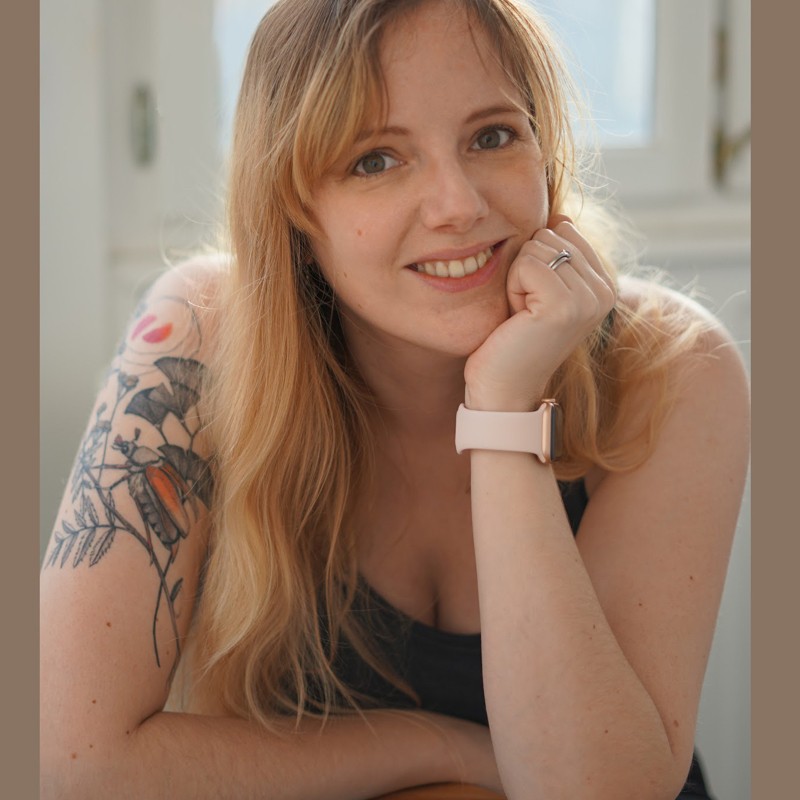
Marthe Jonkers came to Massive in 2021 after lengthy stints at Capcom and Cyberpunk 2077 to work on Star Wars Outlaws as its associate art director.
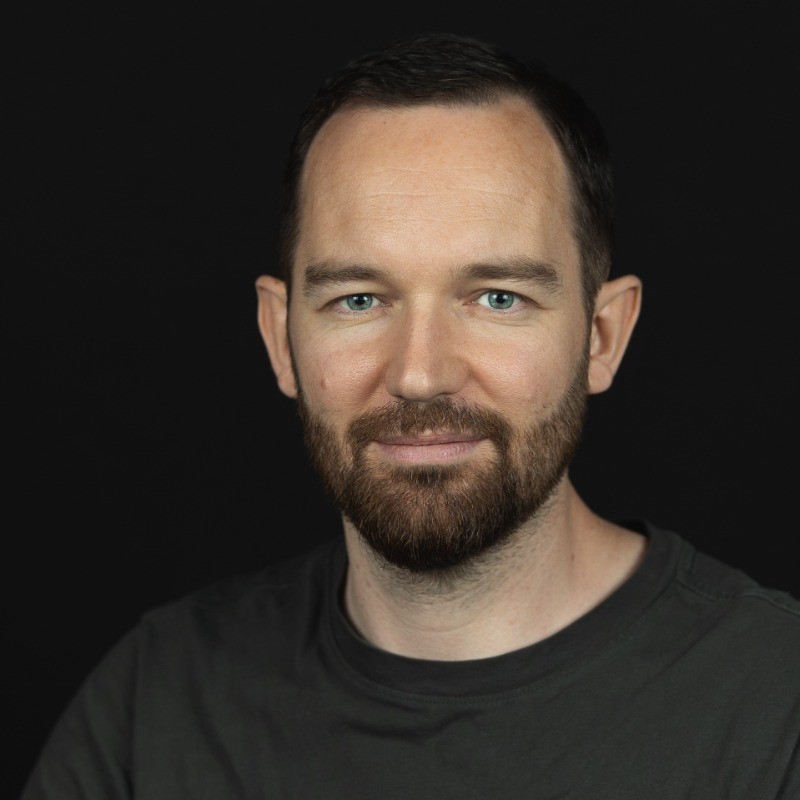
Matthieu Delisle has been at Ubisoft since 2007, spending the last 13 years with Massive working on everything from The Division to Star Wars Outlaws.
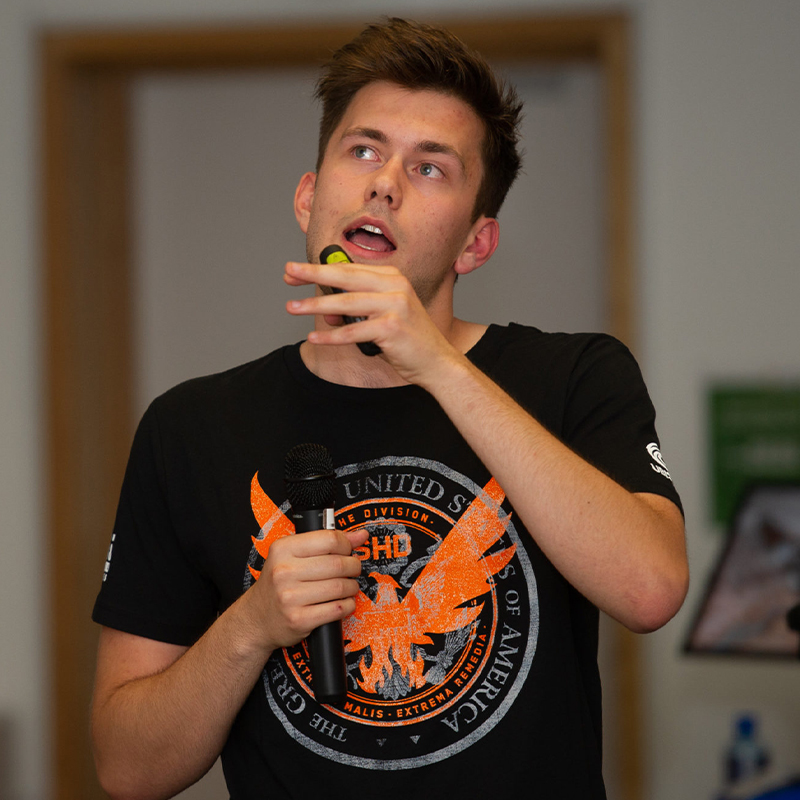
Samuel De Vos is a lead concept artist at Massive Entertainment with credits on The Division 2, Avatar: Frontiers of Pandora, and Star Wars Outlaws.
The conversation
01 | On bringing the iconic visuals of Star Wars to life
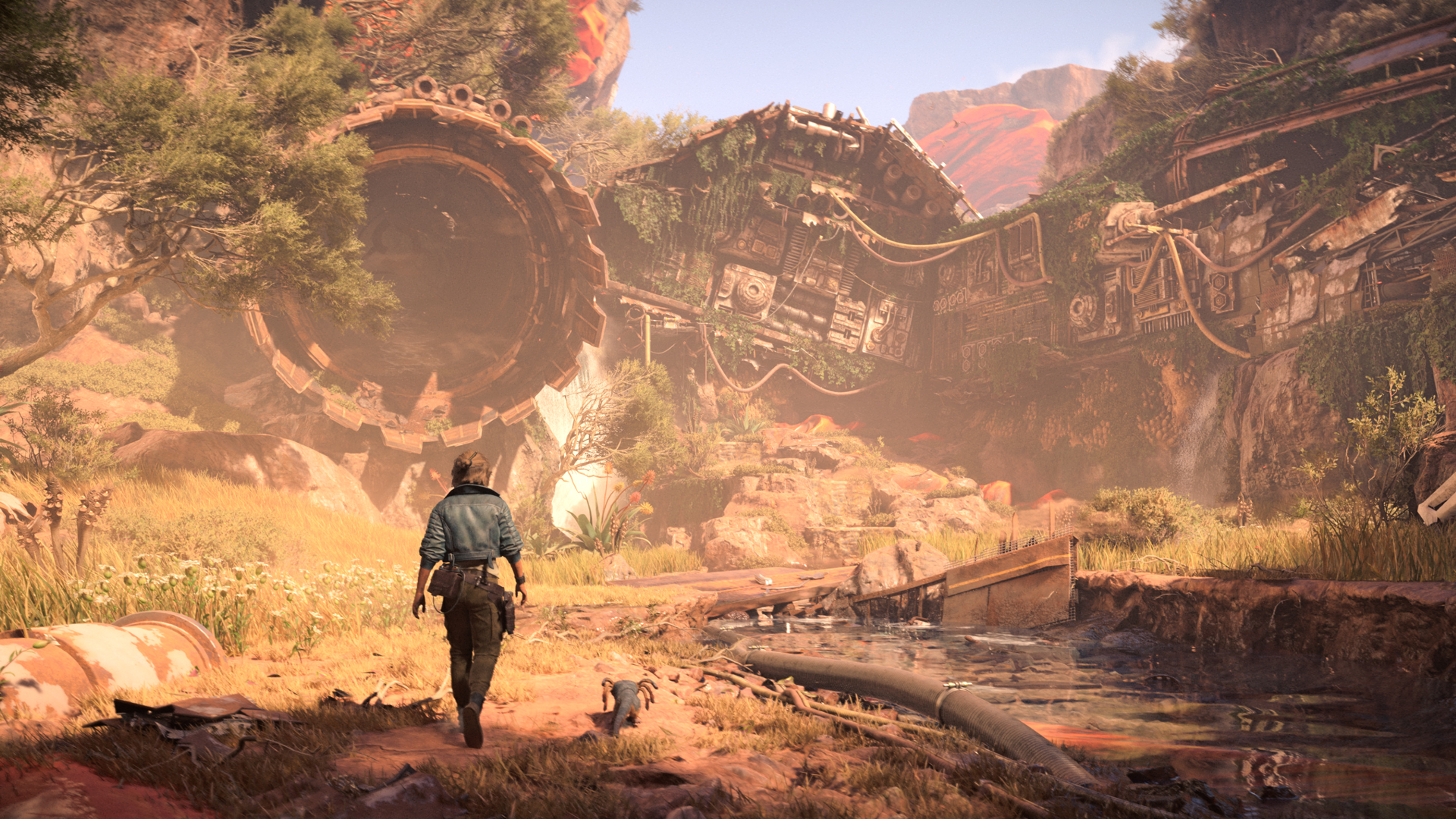
SDV: Star Wars is one of the most established IPs in the world, so creating authentic additions to that universe takes a lot of special care. We looked at what inspired [Star Wars creator] George Lucas and [conceptual designer] Ralph McQuarrie in the first place to make sure that the very base of our ideation came from a similar place. For example, Outlaws belongs to the original trilogy timeline, and it's a lot of '60s and '70s designs – with your ship, the Trailblazer, you might see a '70s monorail design is quite apparent in its construction, combined with the very grounded elements that you see all throughout Star Wars.
MJ: It was very important that we were authentic to the original trilogy. We wanted it so that if you play Outlaws you feel as if you are stepping into those movies and are actually there. We printed out Ralph McQuarrie's designs and enlarged them, and they hung all around the office so that we were always surrounded by those visuals. Looking at that art, McQuarrie had a lot of surprising ideas that didn't necessarily make it to the movies, so we tried to take a similar approach in how we designed Outlaws as well.
SDV: And then we have things like the 'lens project' which allowed the team to capture that same filmic feel as the original trilogy, where we worked closely with Lucasfilm Games to get the same exact lens effect that were used on the cameras of the original trilogy.
MJ: The fact that we were able to use the same camera settings that the original movies were made with was very exciting. It's elements like this that make Outlaws feel very authentic, but at the same time we also had freedom to create new locations and characters that fit within the IP. It was a cool challenge, in the sense that we tried to be very respectful towards what has been established and the era we are trying to portray.
SDV: In a day and age where a lot of people are focused on getting a perfect, crisp image, it really is quite refreshing to see a little more of a distorted, romantic, charming visual on screen. I'm excited for everyone to experience it; and if players think Outlaws has brought the feel of the original trilogy to life then I'll be super happy, because that's exactly what the team was going for.
02 | On choosing which planets to focus on
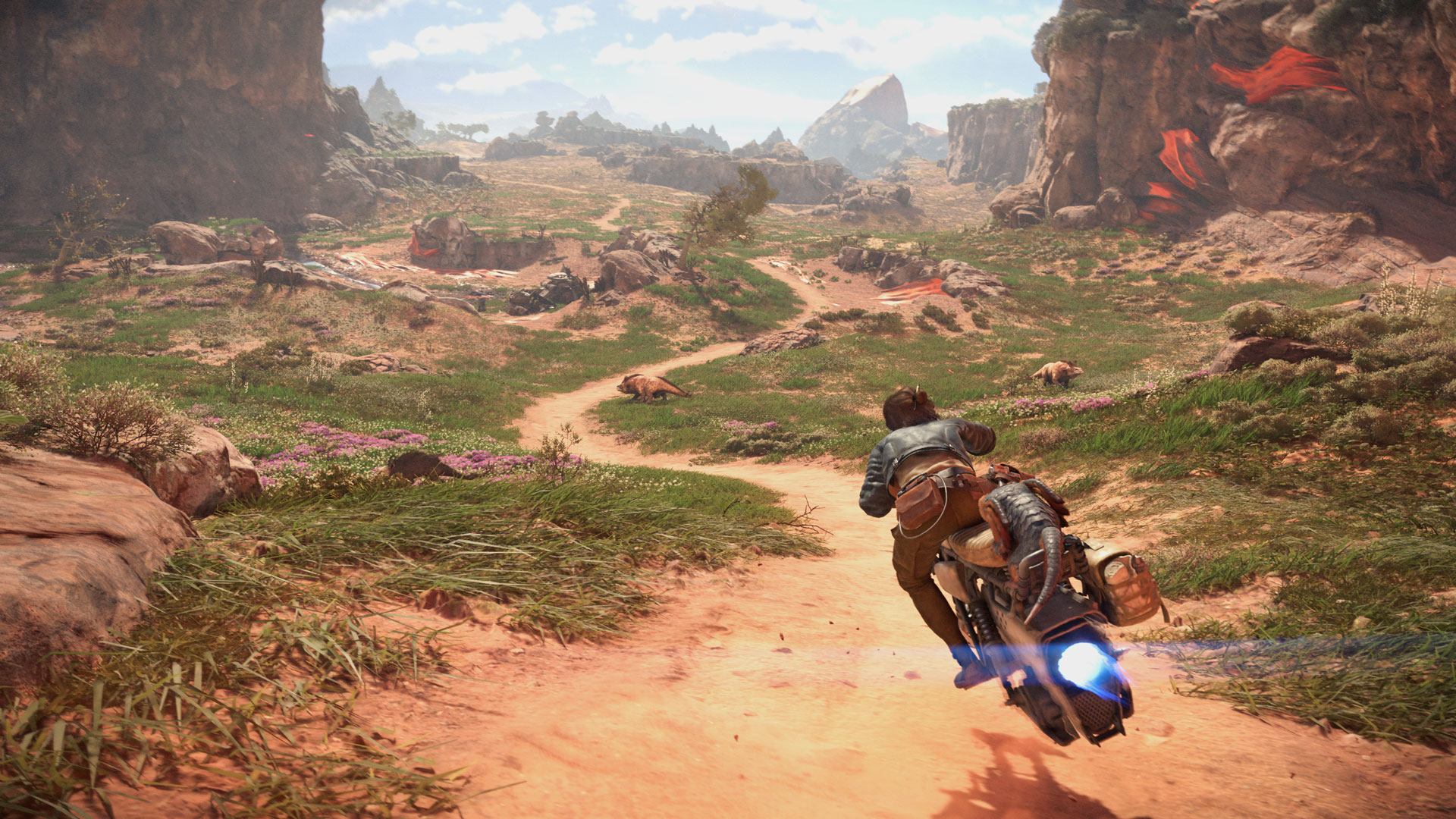
BP: Outlaws may be set during the original trilogy, but we didn't want to focus on just one era – we wanted to have a little bit from the others. So we have Kijimi from the sequels; Akiva is best known from books, post-Galactic Empire; Tatooine from the original trilogy; and then Toshara is completely new. There's also a lot of embedded nature and technology from an older era across all of the planets too.
FT: I have to say that the things we didn't choose hurt us as well. There were so many places we would have wanted to go.
BP: Cloud City is one of my favorite Star Wars locations – and with our volumetric cloud system? But what we really wanted in Outlaws was both visual and gameplay variety so that every location gives you a different experience.
FT: Think the density of Kijimi versus the openness of Tatooine. They are very different locations, and offer completely different gameplay experiences.
03 | On fulfilling childhood dreams

MD: As a kid, watching the original trilogy on VHS, I would always wonder what's behind the curtain. What would it be like to explore Mos Eisley, and to just live in that universe as a regular person? Somebody who has probably never even heard about the Jedi, and if they had, they would probably think they were a myth. It's been super interesting to explore that aspect of the franchise; sure, the space wizards exist and live their own adventures, but there are a lot of interesting stories to be told in such a rich universe.
SDV: What characters in the Star Wars universe are the most relatable? For me, it isn't any of the Jedi. It's the people living their regular lives, with regular abilities. That's what we wanted to give Kay Vess; she doesn't come from much, and you can go on this journey with her to become a full-fledged scoundrel. And it's fun, because you get to see what it's like for her to meet someone like Jabba the Hutt for the first time, and learn in real-time how impactful he is to Tatooine.
BP: Ever since I first watched Star Wars, I've always wanted to know what was happening around the main characters. Like, what would happen if the camera just swung around? I've wanted to be able to go to a cantina and freely explore it, and then just get on a speeder, drive off into the desert, and go to another place. And that's what we built with Outlaws.
04 | On working within the Star Wars universe
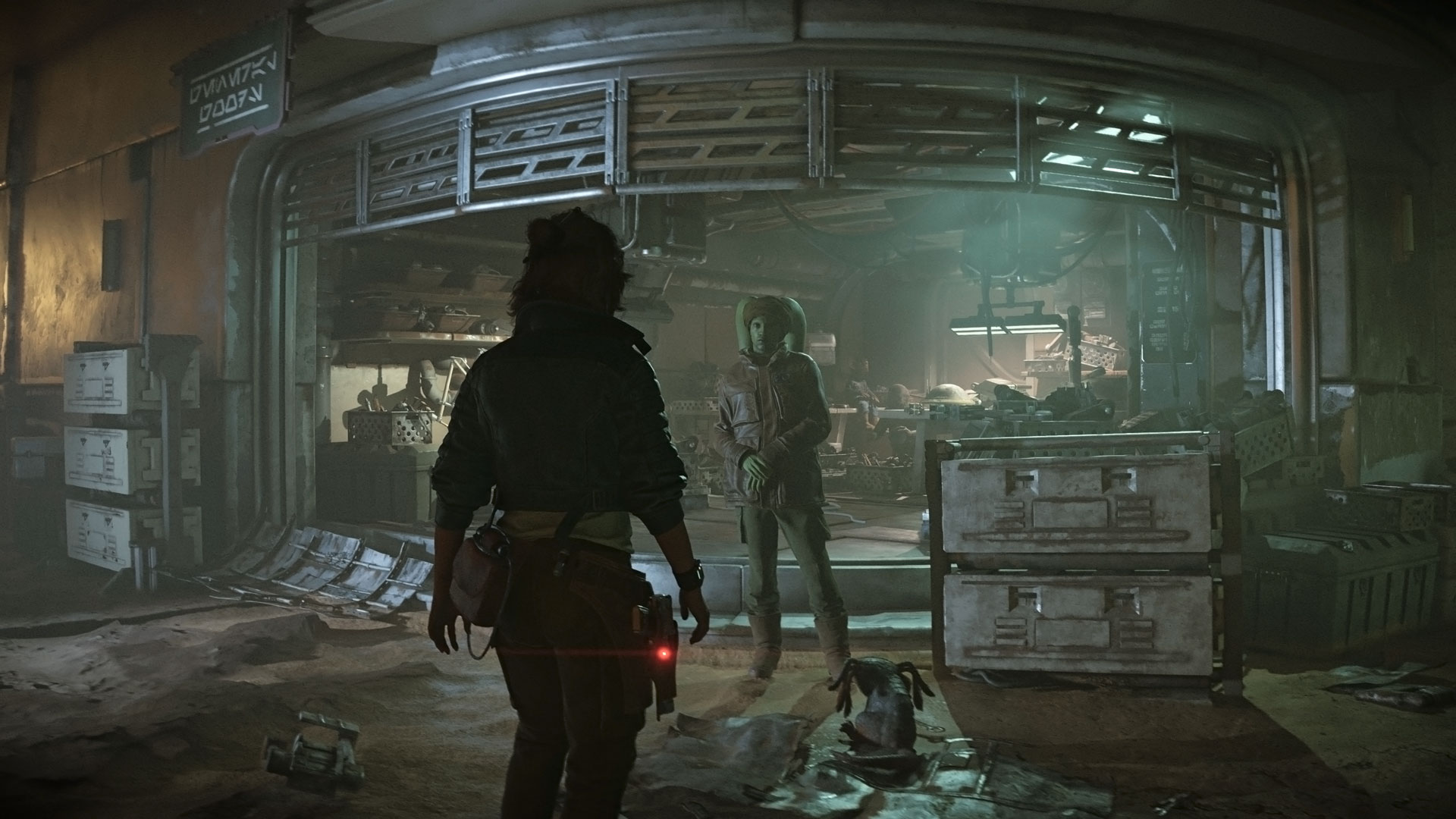
SDV: The team is very aware of all the Star Wars media that has come out during our development, and Lucasfilm has been supportive in making sure that we were aware of everything we needed to know – when we're going in a direction that an upcoming comic book might be veering into, for example, they have been good at making sure that we stay in a field that's a little bit unexplored. The scoundrel experience in Outlaws has been a great setup for that, because not a lot of things fill that gap.
BP: I think we felt a certain comfort in that we had an angle that hadn't really been explored as much as other kinds of stories in this universe. Kay Vess is a regular human being who's just trying to carve her path out into the galaxy and explore it, and so you get to see her experiencing everything for the first time. Developing that perspective and that type of journey was very precious to us, and everything really started clicking into place once we figured out who Kay is as a character.
05 | On making Tatooine feel fresh again
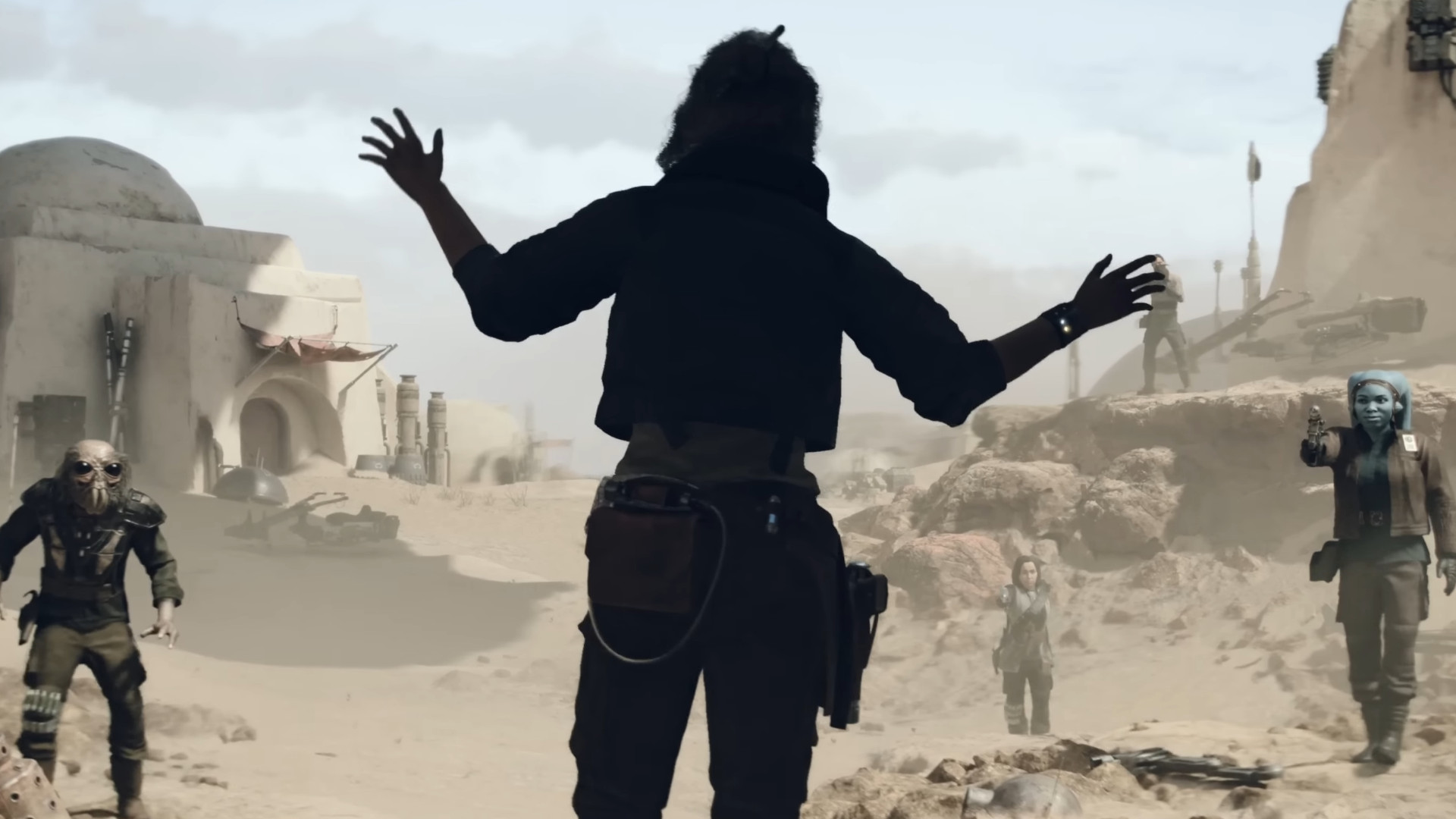
BP: Tatooine is not only well known, but it has been built many times in other games. So we started looking at some of the older books that have drawings of the landscape and existing maps to try and stay true to how different elements of the planet relate to one another. Take Outlaws' Mos Eisley, you could compare it to the old reference books and you'll probably see a lot of familiar streets and now you can explore them completely.
JB: And nobody has experienced Tatooine like Kay Vess before, it's completely new to her. There will be players who are familiar with every single landmark and every single rock formation, and absolutely they exist, but that's not Kay's experience. We really leaned into that.
BP: Creating the city of Bestine was fun, because it doesn't really exist in any way – but it was in Star Wars Galaxies. So we looked at that old game, at the city's footprint, and then we had to figure out, okay, how do we expand on this but still keep it somewhat aligned with the overall layout. We tried to bring in elements that are known to Star Wars fans and still add in new stuff.
MJ: I really enjoyed working on Tatooine because we really dove into the details. We got a lot of information from Lucasfilm Games on the layouts of the cities, of course, but we were also looking at how the original sets were created. The first time we played a build of Tatooine it was one color, and we thought, 'yeah okay, this is nice but let's try to push it.' So we went deeper into our research: the shape language of the canyons, the erosion of the rocks, the details of all these sand types and their colors. Now it's a super beautiful environment, and it's because of all the research we did. It was a challenge, but the payoff was fantastic.
06 | On the challenge of adding to the Star Wars sandbox
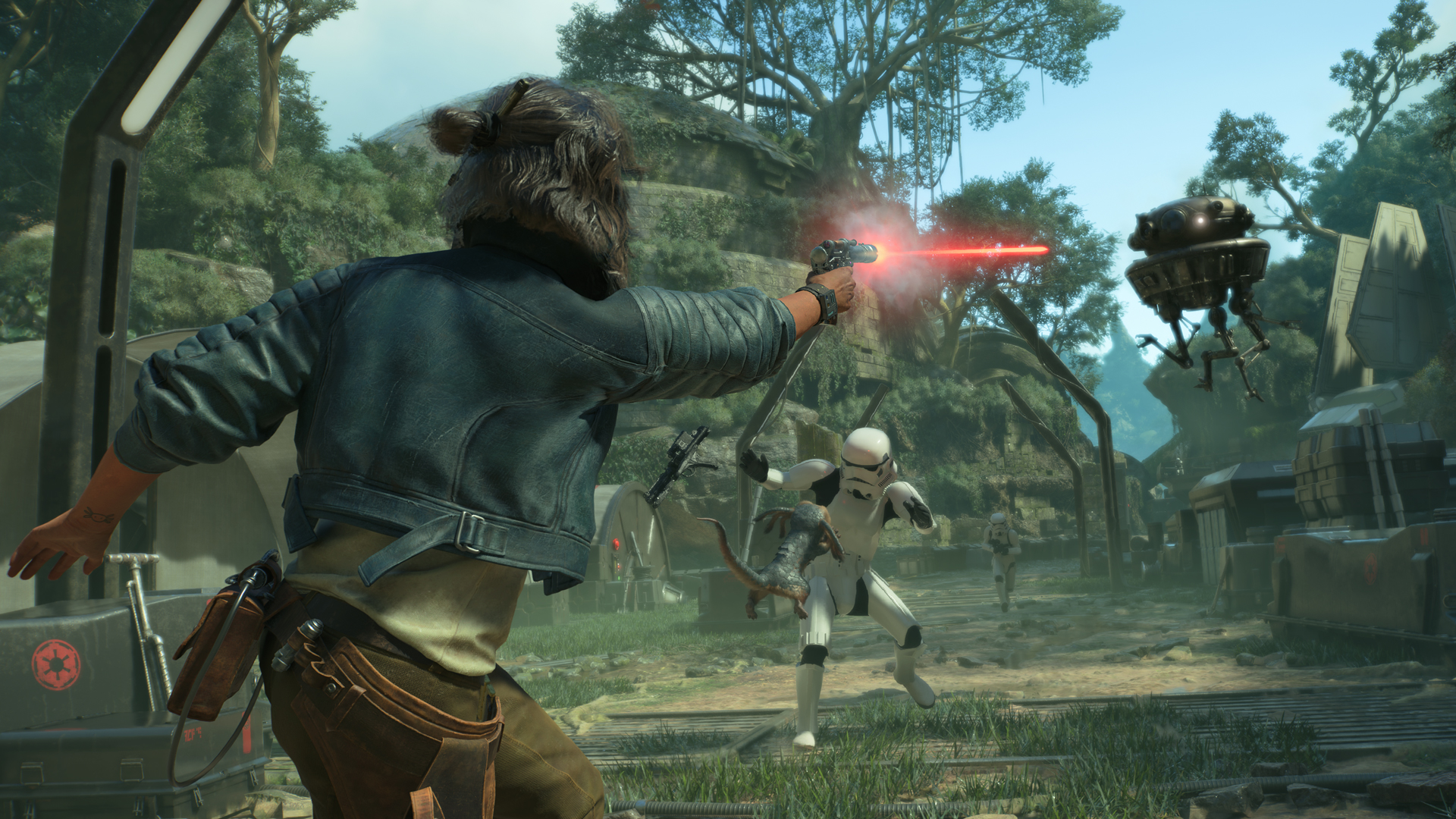
JB: Initially, it felt like we had been let loose in the toy factory – there were all of these amazing characters, designs, and locations that we could play with. But it didn't take long for us to be humbled, honestly, by all of the care that all of these different creators have put into the Star Wars universe over the last 40 years. It's a privilege to be able to contribute to it, and to put your own little mark on it.
MJ: It's quite surreal. It's only just sinking in that the worlds and characters that we created are now a part of Star Wars forever. When we were developing Outlaws, we were just doing our best to create fantastic stories and planets for our players to explore. And slowly I'm starting to realize that everything we built is a part of the fabric now, and that we might see some of it in different places as well. That's a really exciting feeling.
BP: We wanted a Star Wars fan to be able to look at Outlaws and go, 'oh yeah, I know that thing' or 'I recognize that place' but at the same time we wanted to introduce new things too, right? We had a super tight collaboration with Lucasfilm, and that allowed us to create new planets like Toshara, or even the settlement that you find when you first land on Tatooine – it's a completely new place that you haven't seen before on a familiar world… It's exciting to add to the canon, and maybe one day we'll see some of what we've contributed to the Star Wars universe live on in the canon and in other media as well.
JB: I honestly can't wait to see what other voices do with what we've created. It's exciting. But I should say that Nix is precious to me. So whoever does anything with Nix, I hope they take good care of him – he's special.
For more insight into the latest game from Massive Entertainment, head over to the On the Radar: Star Wars Outlaws coverage hub now.
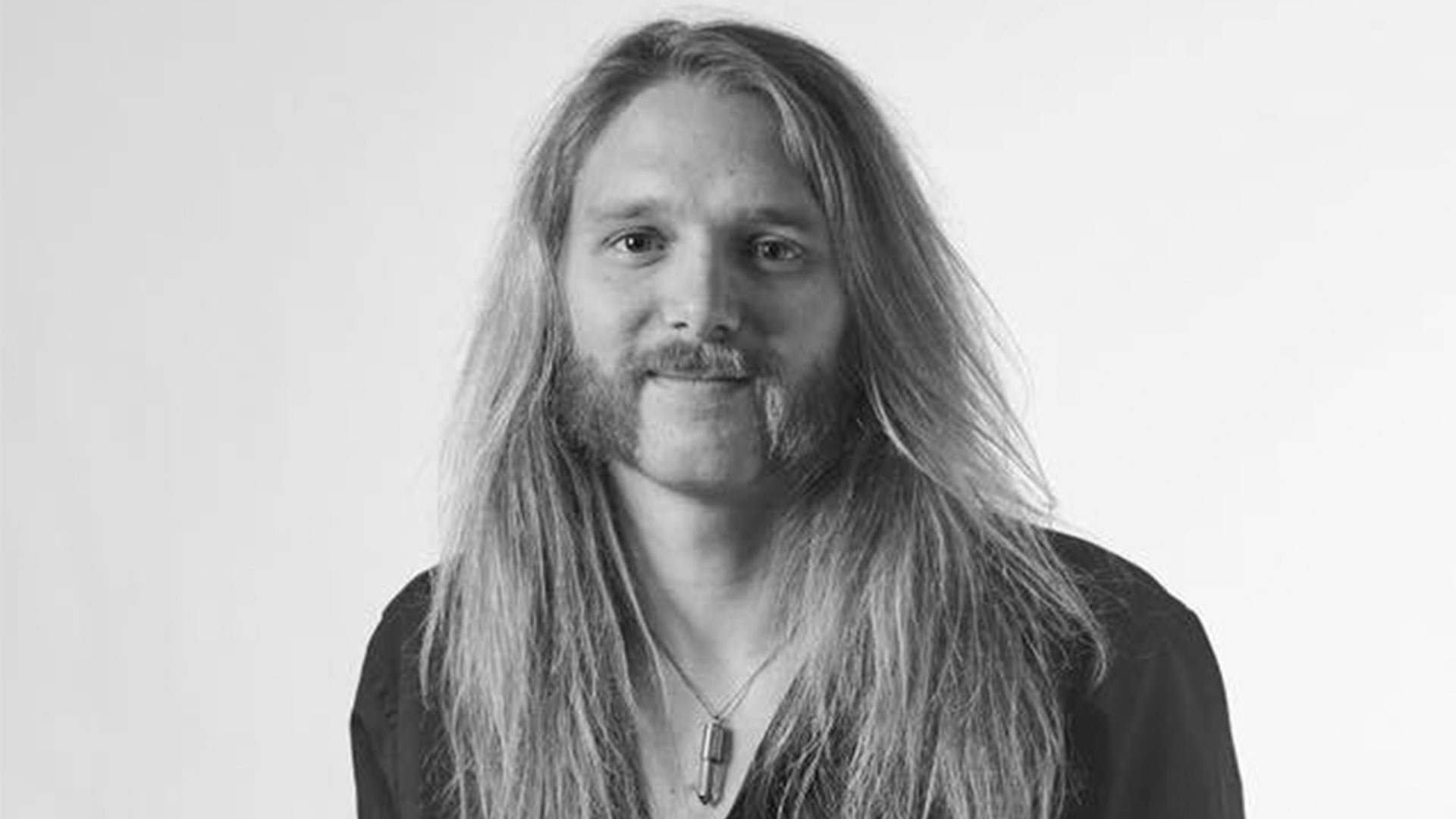
Josh West is the Editor-in-Chief of GamesRadar+. He has over 15 years experience in online and print journalism, and holds a BA (Hons) in Journalism and Feature Writing. Prior to starting his current position, Josh has served as GR+'s Features Editor and Deputy Editor of games™ magazine, and has freelanced for numerous publications including 3D Artist, Edge magazine, iCreate, Metal Hammer, Play, Retro Gamer, and SFX. Additionally, he has appeared on the BBC and ITV to provide expert comment, written for Scholastic books, edited a book for Hachette, and worked as the Assistant Producer of the Future Games Show. In his spare time, Josh likes to play bass guitar and video games. Years ago, he was in a few movies and TV shows that you've definitely seen but will never be able to spot him in.


